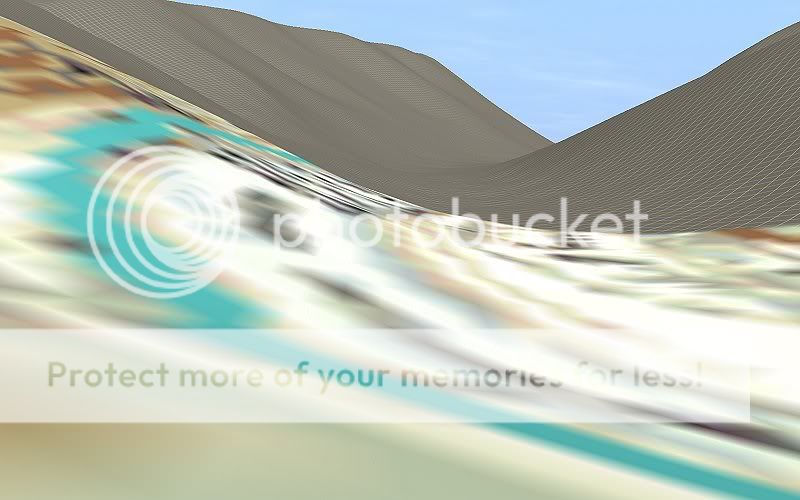Approach_Medium
Trainz Addict
Hi;
I have been collecting DEM data for Trainz routes, creating GeoReferenced Raster maps using Google Earth, and drawing routes on the raster maps, to create Trainz routes which are as close to prototype as possible.
So far, I have done this only in the USA, but so long as DEM data is available for the entire world, I would expect I could do it for any place.
Google Earth maps vary in detail, so it is not always possible to get enough detail for a rail route to lay track directly from the raster maps, but here in the USA, eastern New Jersey and New York, I have been able to get such detailed GE maps to see crossovers and sidings, and even signals sometimes.
This process is very time consuming, so I was wondering whether there are any Trainzers out there who would love to do this, but just don't have the time.
Since I have been unemployed for a while, I have a lot of time on my hands, and might be interested in producing prototype Trainz routes (basic track, road, water, etc), for a small fee.
At this point I do not know how much anyone is willing to pay for such work, but of course the fee would have to be based on the amount of time required to collect, reference, and create the route.
Currently, I have TS2006, 2009, and 2010, so I could produce routes for any of these versions.
Please let me know if you would be interested in something like this, and what you might be willing to pay for it.
Thanks
FW
I have been collecting DEM data for Trainz routes, creating GeoReferenced Raster maps using Google Earth, and drawing routes on the raster maps, to create Trainz routes which are as close to prototype as possible.
So far, I have done this only in the USA, but so long as DEM data is available for the entire world, I would expect I could do it for any place.
Google Earth maps vary in detail, so it is not always possible to get enough detail for a rail route to lay track directly from the raster maps, but here in the USA, eastern New Jersey and New York, I have been able to get such detailed GE maps to see crossovers and sidings, and even signals sometimes.
This process is very time consuming, so I was wondering whether there are any Trainzers out there who would love to do this, but just don't have the time.
Since I have been unemployed for a while, I have a lot of time on my hands, and might be interested in producing prototype Trainz routes (basic track, road, water, etc), for a small fee.
At this point I do not know how much anyone is willing to pay for such work, but of course the fee would have to be based on the amount of time required to collect, reference, and create the route.
Currently, I have TS2006, 2009, and 2010, so I could produce routes for any of these versions.
Please let me know if you would be interested in something like this, and what you might be willing to pay for it.
Thanks
FW






